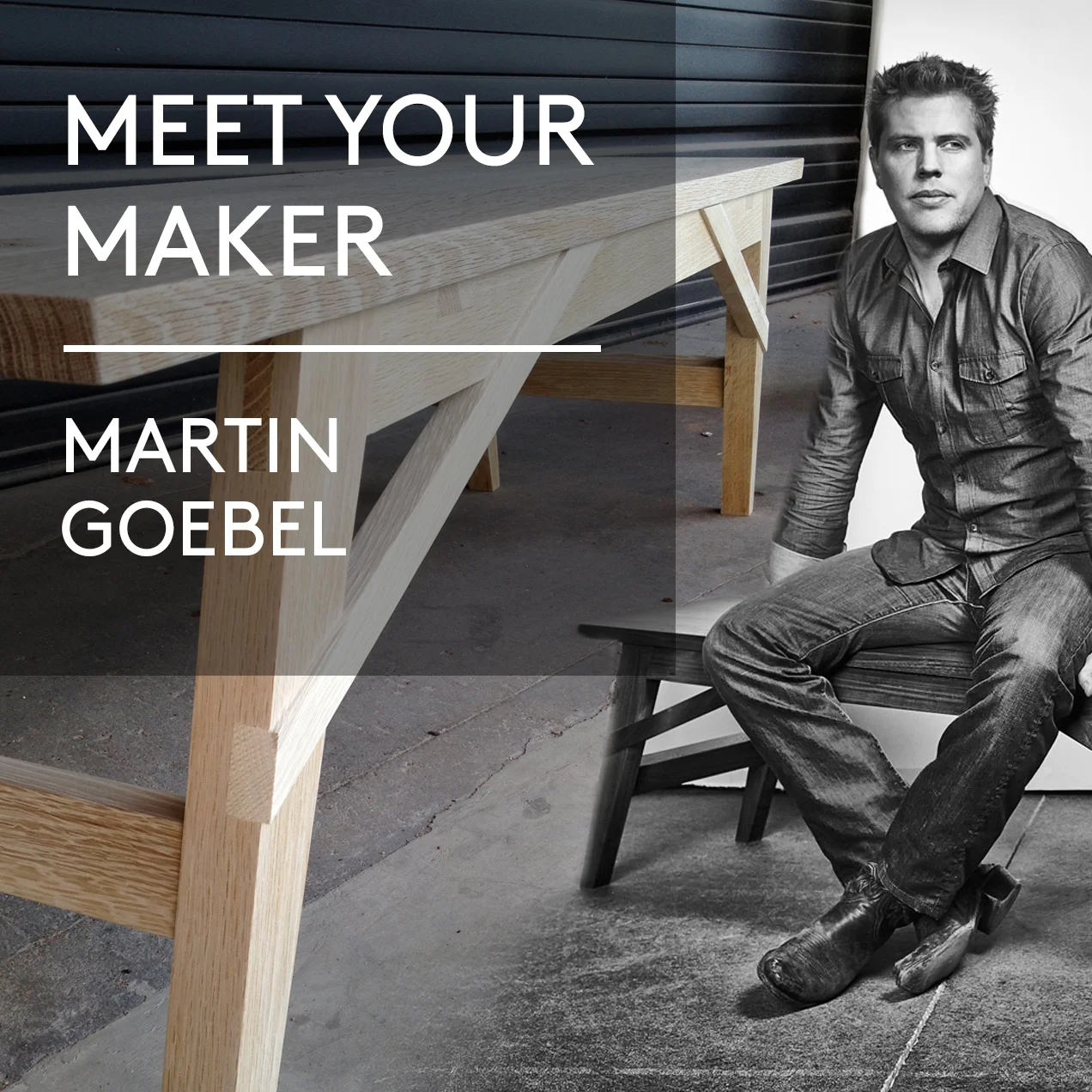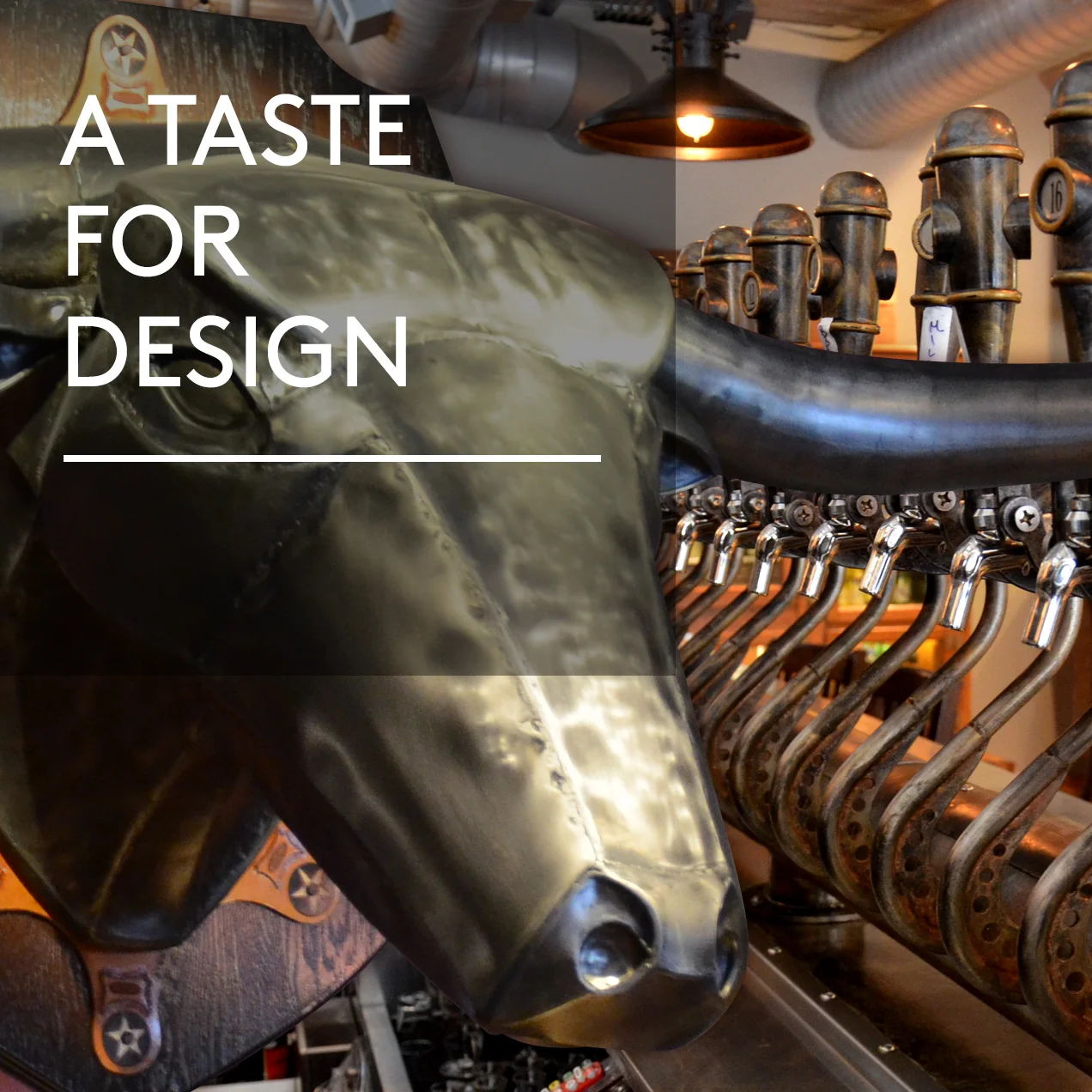The Beautiful, Yet Deadly Inspiration Behind Liz Miller’s Installations
/At first glance, Liz Miller’s installation works appears harmlessly beautiful. But look closer. Something sinister is hidden in the colors and shapes.
“I think it’s a little bit of a bait and switch,” Miller said. “I kind of lure the viewer in. There are a lot of things that aren’t benign.”
Weapons. Invasive plants. Venomous creatures. These are just some of the images buried in Miller’s decorative-looking work. The 37-year-old’s fascination with things that are both deadly and beautiful developed after she partook in an artist residency in Omaha in 2007. That summer was particularly warm, Miller said. Desperate to escape the heat, she took a trip to the Durham Museum and stumbled upon an exhibition featuring Colt firearms.
“I just become fascinated by the engravings on the weapons,” Miller said. “That was a real tipping point for me when I started looking more closer at that imagery.”
Below, Miller shares a behind the scenes look at the inspirations behind two of installation pieces currently showing in Minneapolis and Grand Rapids, Mich.
Maritime Reprise (Sunset)
2013, stiffened felt and other mixed media
- Chroma
- Urban Institute for Contemporary Arts
2 Fulton West
Grand Rapids, MI 49503 - May 31 - August 18
"This diagram of a box jellyfish caught my attention because it has a beautiful sense of movement. There is something so ethereal, almost dreamlike about these creatures. But they are also some of the most venomous creatures in the world, and are becoming prolific in areas that they formerly did not inhabit due to human-caused changes in climate and environment. I used images like this one to create forms that related to sea creatures, focusing on symmetry to create a feeling of pattern and calm to accompany an otherwise deadly creature." — Liz Miller
"Weapons fascinate me, and horrify me. Harpoons are such primitive, brutal weapons. But as objects, they are also beautiful. I’m always intrigued by the aesthetic qualities of devices constructed to kill. In this case, I wanted to key in on the theme of the sea—considering the ocean as a place of beauty and intrigue, but also violence and danger. Harpoon forms appear throughout the work, becoming pleasing pattern elements. I often use repetition to seduce the viewer, creating a false sense of calm and security in relation to the imagery I’m using." — Liz Miller
"The shark jaw became an iconic image in popular culture when “Jaws” appeared on the big screen in the 1970s. This photo shows an enormous reconstructed shark jaw—a composite, of sorts. I like it because it depicts the insane scale of sea creatures, but also because it really does capture the human fascination they inspire. I think we are all captivated by things that are dangerous. Film and popular culture often plays to such fascinations. My work celebrates fact, but also fiction, using imagery such as the shark jaw to create connections to both real and imagined species." — Liz Miller
"This is a hard image to look at, but an important one from the 2009 documentary “The Cove.” I would recommend this movie to anyone who can watch it. It’s about the secretive slaughter of innocent dolphins off the coast of Japan. I’ll never forget the images (like this one) of the lush green foliage against the bloody water. Such horrible images, but if one didn’t know what the images were, they could find the color beautiful and the color so saturated that it’s almost hyper-real. Months after I first watched the documentary, these images stood out in my mind. The film inspired the primary color for the installation: red." — Liz Miller
Sublime Retaliation Scheme
2013, stiffened felt and other mixed media
- String/Felt/Theory
- Minnesota Museum of American Art Project Space
332 N. Robert St.
St. Paul, MN 55101 - June 8 - July 28
"Many of the pink forms in this installation were inspired by the metal engravings on antique firearms, as well as their overall forms. This relationship is easily lost on the casual viewer, mainly because it’s easy to assume that such delicate, flowery shapes can’t relate to guns. However, any close inspection of firearms will reveal a high level of intricacy and aesthetic focus that belies their destructive nature. These pre-World War II Colt pistols are an outstanding example." — Liz Miller
"This is an image of me last summer on top of the Duomo in Milan. I’ve recently been researching pattern, ornament and decoration as related to Baroque and Gothic architecture. There is something about the overwhelming nature of repetition at such sites, and the way in which the decorative is also structural—it’s impossible to separate form and function because they are woven together in such a comprehensive manner. I love attempting to create works that are structured and architectural from pliable materials such as stiffened felt. I think that studying such environments has helped me in this regard. I also borrow forms sometimes, and look at the dynamic interplay between positive and negative space that is present. After spending time in such sites, I know that decoration can be aggressive. So it’s fun to blend sources that are considered decorative with those that are seen as militant, blurring the boundaries between the two." — Liz Miller
"Canada Thistle is an invasive plant found throughout much of the United States, including Minnesota and the greater Midwest. Many invasive plant species, such as this one, look surprisingly innocuous, even attractive, but they are difficult to eradicate. I love the idea of creating something seductive based on these invaders that threaten native plant species. The colors in this installation were in part, inspired by Canada Thistle, as were some of the spiky forms." — Liz Miller
"I’ve always been fascinated by farm equipment. Although I grew up mainly in the suburbs of Minneapolis, my parents have a farm in southern Minnesota so it was a big part of my childhood. My husband and I moved to a small farming community (Good Thunder, Minn.) eight years ago, where we have our studio and teach at nearby Minnesota State University-Mankato. Living in an area surrounded by farm fields, rivers, streams and woodlands makes one much more aware of the complex relationship between farming and the natural world, and between farming and food. For this installation, I traced a simple tractor silhouette like the one shown, then mirrored it. The fluorescent green forms in this installation are derived directly from the tractor image. When mirrored, folded and draped however, they look more like some kind of exotic foliage. I love how very simple interventions can completely change the implications of a simple form." — Liz Miller

























